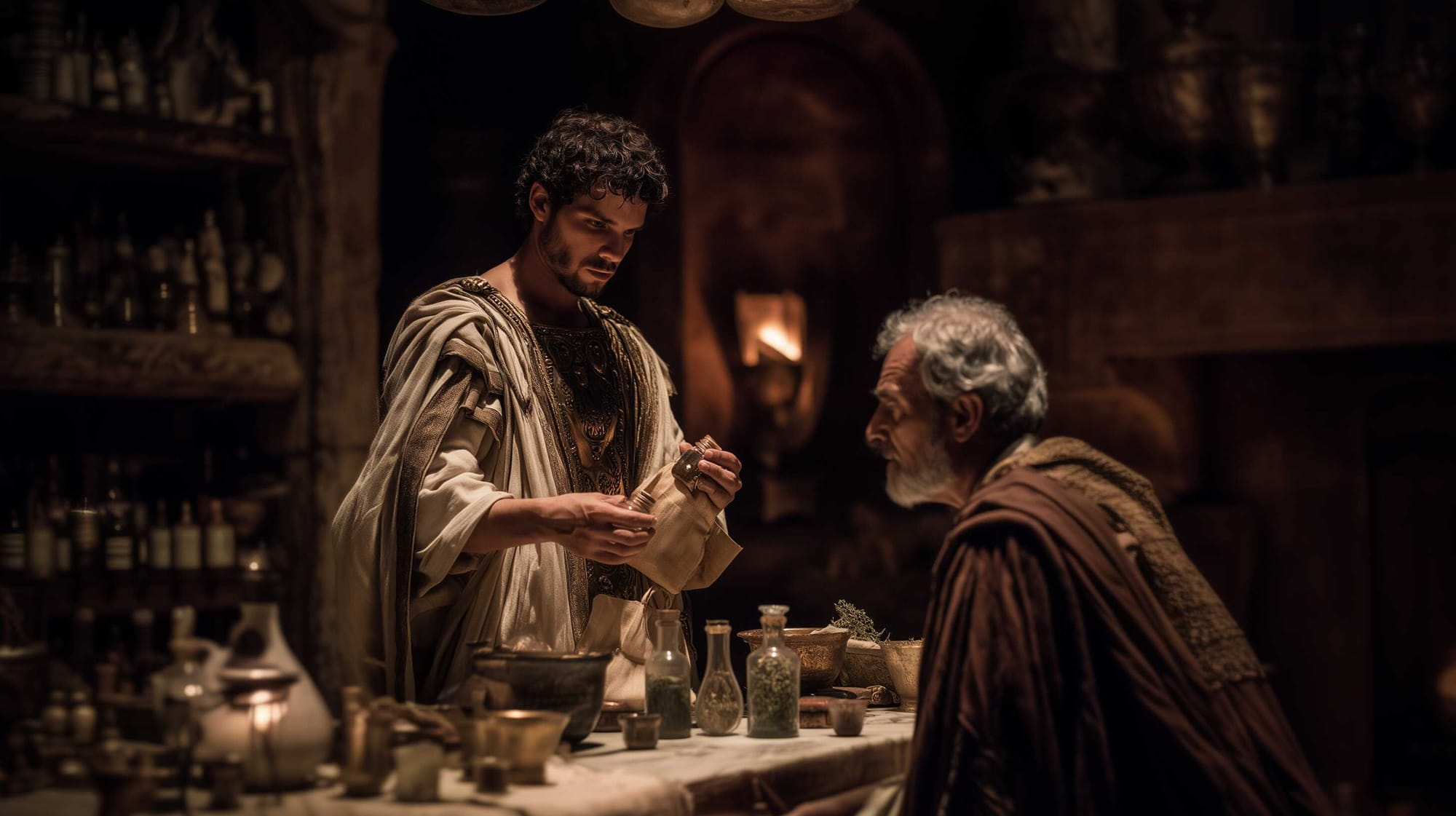In the heart of Turkey, the ancient city of Kayseri has long been a treasure trove of historical and archaeological wonders. Among its latest revelations, a 4th-century villa has been taking center stage, with ongoing excavations unearthing a stunning array of mosaics. These intricate artworks, spanning an impressive 600 square meters, offer a fascinating glimpse into the opulent past of this remarkable region. In this article, we delve into the rich history and significance of these newly discovered mosaics, shedding light on their cultural and historical context.
Photo: Sercan Küçükşahin, ANADOLU Agency
The Grand Unveiling
The Kayseri Provincial Culture and Tourism Director, Şükrü Dursun, revealed that the ongoing excavations in the İncesu district have yielded remarkable results. Over the past three years, diligent efforts have led to the unearthing of various areas within this ancient villa. Notably, the mosaic area, initially estimated at 300 square meters, has now expanded to an astonishing 600 square meters. This expansion attests to the sheer scale and grandeur of the villa.
A Window into the Past
Dursun's statements provide a glimpse into the villa's historical timeline. Based on their findings, it is believed that the villa was constructed in the 4th century. However, the excavations have also uncovered traces dating back to the 3rd century and beyond. The quality of craftsmanship evident in the floor mosaics suggests that this villa held great importance in its time.
Photo: Sercan Küçükşahin, ANADOLU Agency
The Discovery of Inscriptions
Perhaps one of the most captivating aspects of this excavation is the discovery of inscriptions within the villa. Among them is a Latin inscription found in what is presumed to be the reception hall. Additionally, Greek inscriptions have also come to light. These inscriptions offer a tantalizing glimpse into the cultural and linguistic diversity of the villa's inhabitants.
Mosaics of Geometric Elegance
The mosaics themselves are a testament to the villa's opulence and aesthetic sophistication. They predominantly feature intricate geometric patterns and ornaments, showcasing the artistic prowess of the craftsmen who once worked here. Each mosaic tile serves as a pixel in a larger picture, conveying stories and cultural elements from a bygone era.
Photo: Sercan Küçükşahin, ANADOLU Agency
A Glimpse into the Future
The significance of this archaeological site extends beyond its past. Can Erpek, a lecturer at Nevşehir Hacı Bektaş Veli University and head of the excavations, expressed gratitude to the Kayseri Metropolitan Municipality and İncesu Municipality for their support. He highlighted that the excavation area is expected to expand further in the coming year, potentially unearthing data from even earlier periods.
Erpek's research indicates that the villa, initially believed to date back to the 4th century, may have roots in the 3rd century. It appears to have continued its existence through the Byzantine era and even after the arrival of the Turks in Anatolia. This sprawling residence, boasting approximately 33 spaces, remains unparalleled in Central Anatolia, particularly in the Cappadocia region. The inscriptions, including the name 'Hyacinthos,' suggest a high-ranking official's residence.
Photo: Sercan Küçükşahin, ANADOLU Agency
Kayseri: An Open-Air Museum
Memduh Büyükkılıç, the Metropolitan Mayor of Kayseri, emphasized that the city resembles an open-air museum, with ongoing support for numerous archaeological excavations. Their aim is to uncover and share the region's cultural riches for the benefit of humanity.
In conclusion, the ongoing excavations in Kayseri have unveiled a mesmerizing glimpse into the past, where a grand villa once stood as a testament to opulence and artistic brilliance. These newly discovered mosaics not only enrich our understanding of the region's history but also underscore Kayseri's status as a cradle of civilization in Anatolia.
As the excavation efforts continue, we can look forward to more revelations that will further illuminate the story of this remarkable villa and the people who once called it home.



















